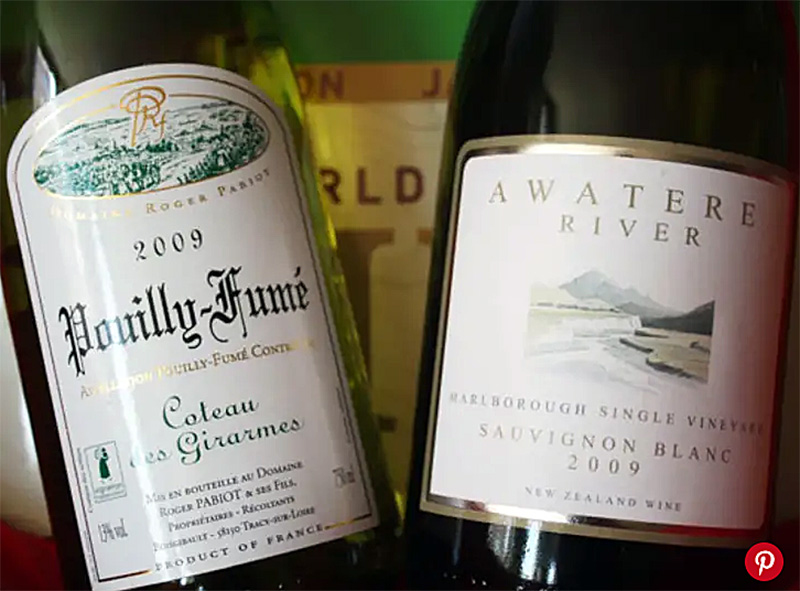
Old World Wine vs New World Wine
Is there a difference between wines that come from the Old World and those that come from the New World? And does it matter?
First, yes, there can be distinct differences. Although broad generalizations, these often apply:
|
|
OLD WORLD |
NEW WORLD |
|
Location |
Europe and the Middle East |
Everywhere else, but especially North and South America.
|
|
Grapes |
Emphasis on vitis vinifera, the classic “noble” varieties. |
Much more open to non-traditional varieties.
|
|
Climate |
Cooler, leading to leaner flavors and tannins |
Warmer, leading to fuller fruit and rounder tannins
|
|
Guiding Principles |
Terroir (the sense of place of a wine’s origins,including climate and soil). |
Grape varieties and the skill of the individual winemaker
|
|
Flavor Profiles |
Earthiness, minerality, leaner tannins |
More new French and American oak, and greater fruit extraction
|
|
Aroma |
Tighter, less aromatic, the wine often benefits from decanting
|
Fuller aromas which will sometimes benefit from decanting, but it’s not always needed
|
|
History |
More tied to the history and traditions of the wine. The production itself is more highly and specifically regulated.
|
More modern and innovative, but the wines can be more
|
|
Alcohol |
Less natural sugar content, which means lower final alcohol by volume, usually 12% or so |
A higher natural sugar content from riper fruit, resulting in an ABV of 14 to 16%
|
|
General Characteristics |
Elegant, restrained, lean, needs to be paired with food to maximize enjoyment
|
Opulent, lush, fruit-forward, can often be enjoyed on its own |
|
Cost |
Cheap to expensive |
Cheap to expensive |
|
Quality |
Mediocre to extraordinary |
Mediocre to extraordinary
|
